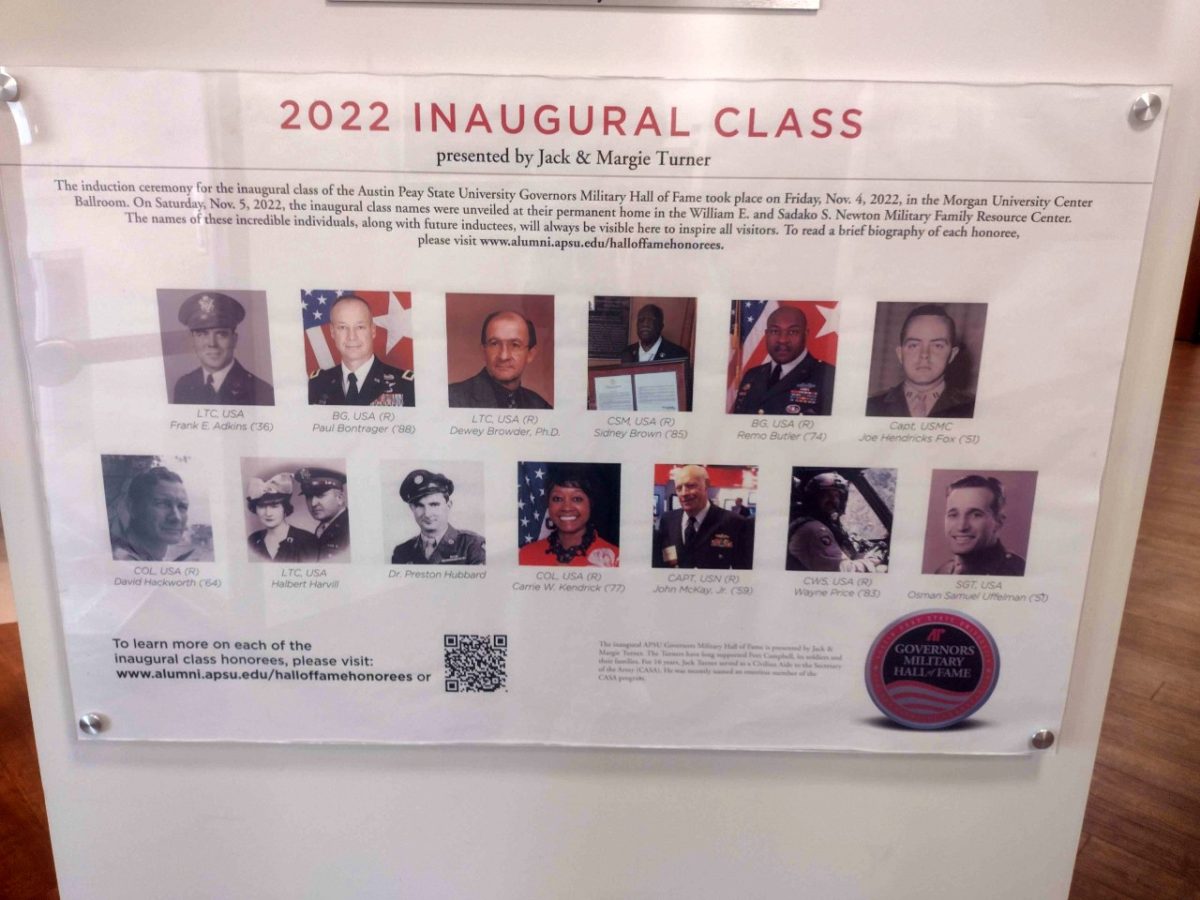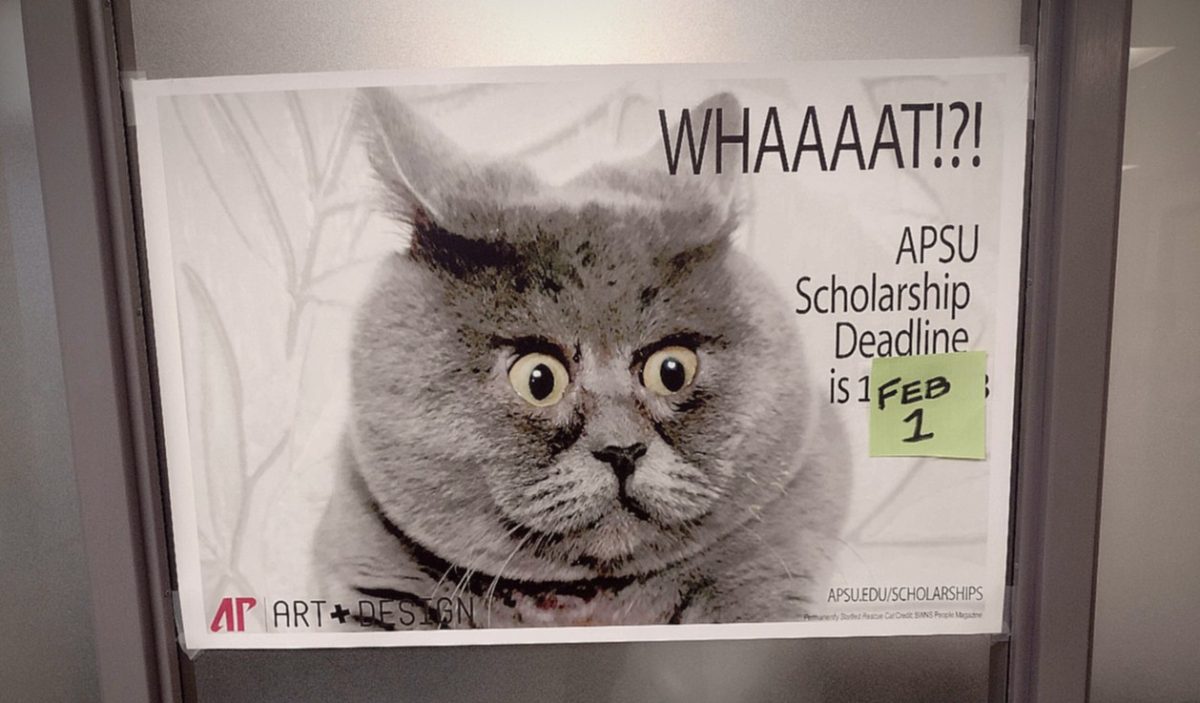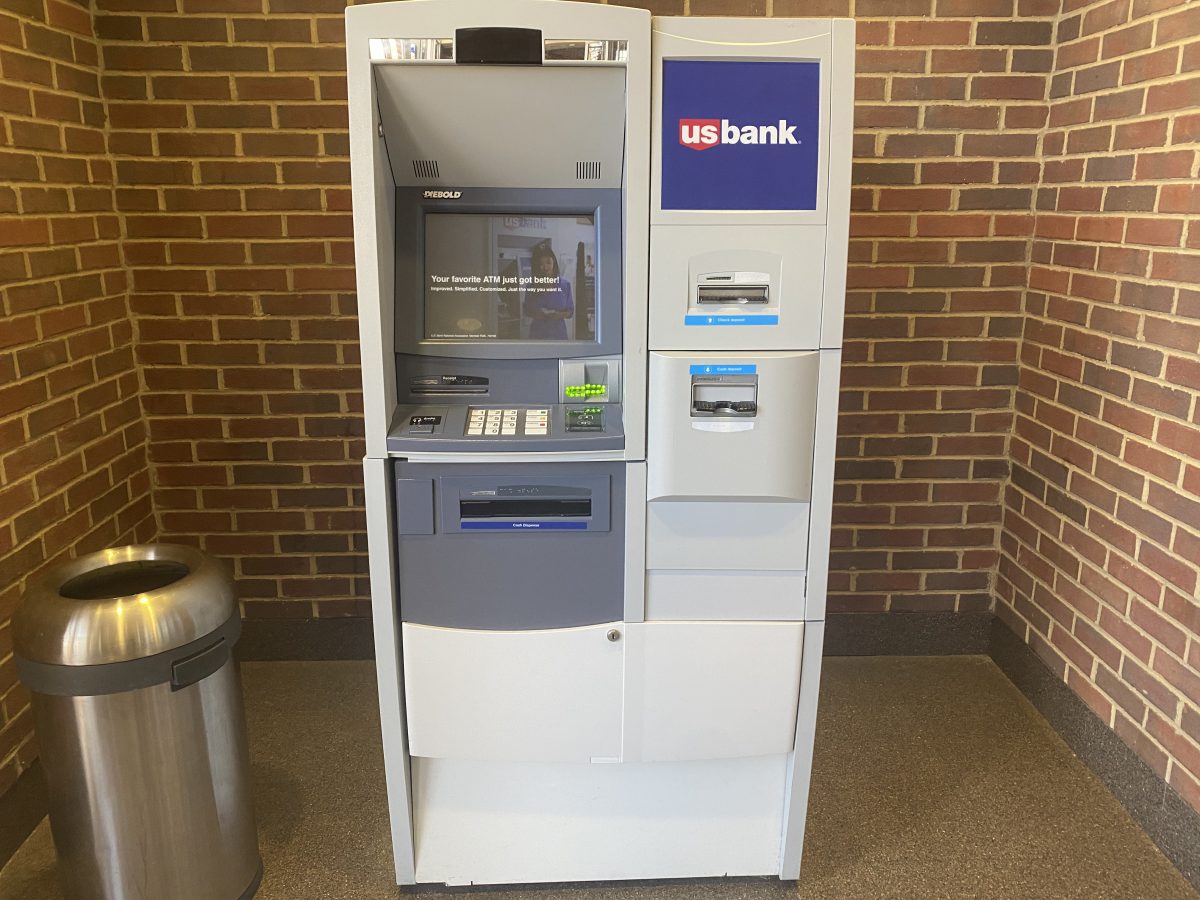LinkedIn – chances are, you’ve heard about it by now. Whether it’s a professor encouraging you to get one or a friend bragging about how theirs is totally awesome, it’s probably come up at least once in a conversation.
But somehow you still don’t know what it is, right?
Or, maybe you do but your profile is incomplete, or you’re looking for some tips on how to improve. Well, that’s what I’m here for (this week at least).
For starters, LinkedIn is a social network for professionals and students, or really anyone who wants to make more friends in the “real world.” You can upload information about your education and previous experience, as well as special skills and interests. Think of it as a public resume. Once you’ve set up your profile (which really does look suspiciously like a resume), you can start adding people that you know to your network. The website even tells you how your page compares by giving it a “strength” rating.
I will admit that my LinkedIn is a little sub-par. I created it last spring after the Career/Internship Fair the Office of Career Services hosted, and then promptly forgot about it (as busy college students sometimes do). I have spent time since the start of this blog, working to update different parts of my profile, and have finally reached “intermediate” strength. So, maybe, I’m not the authority on this particular topic.
In light of this fact, I did take the time to meet with Amanda Walker, the Director of Career Services, and this is what she had to say about handling an account, “I think the most important thing is just being proactive, you know? You can’t sit down and make a LinkedIn page in one day, and get it to where it needs to be.”
Walker also passed along several resources that are given to students looking to set up a LinkedIn profile. In these documents is some advice on improving your LinkedIn account, so I’m going to share (in my words) a few of the points they make.
Photos – As with any social network, LinkedIn allows users to upload profile and cover photos. However, keeping in mind that it is a professional site, Career Services recommends you leave the parties, puppies and cartoon characters back on Facebook. It is great that you really love to watch Family Guy every night of the week, but your (potential) future employer does not necessarily need to know that.
Getting recommendations – Remember that one boss you had from your first job? You know, the one who said if you ever needed anything to give them a call? It’s time to do that. Having third-party recommendations does wonders for your credibility. I mean, it’s like that one kid from that core education class you took freshman year who always talked about that family vacation he took the summer before that culminated in him jumping out of a burning building with an armful of irreplaceable family photos that belong to his grandmother’s neighbor. It would sound a lot more credible coming from the actual neighbor or maybe someone who witnessed the event, yeah? Just a little food for thought.
Complete your profile – Yes, it may be tedious. Yes, publicly listing every microscopic detail about your professional life is probably the last thing you want to do. Yes, it is important. According to Career Services, complete profiles are 40 times more likely to be viewed than incomplete ones.
Stalk Future Employers – But in a totally legal way. LinkedIn allows you to follow businesses and see valuable information about them, such as open positions, company size and basic information. You can also see any updates they post on your network feed.
So I suppose it is time to wrap this week’s lesson up; after all you’ve got a LinkedIn page to get started on.







